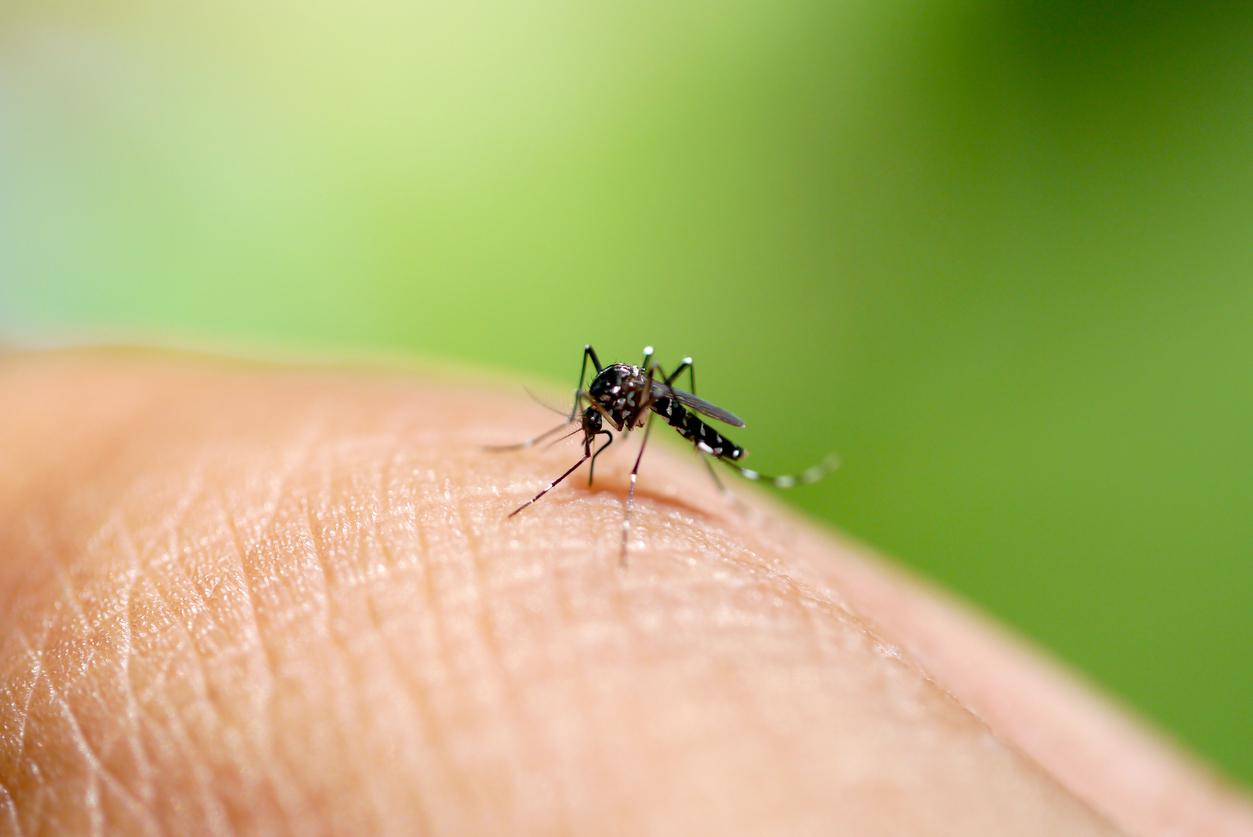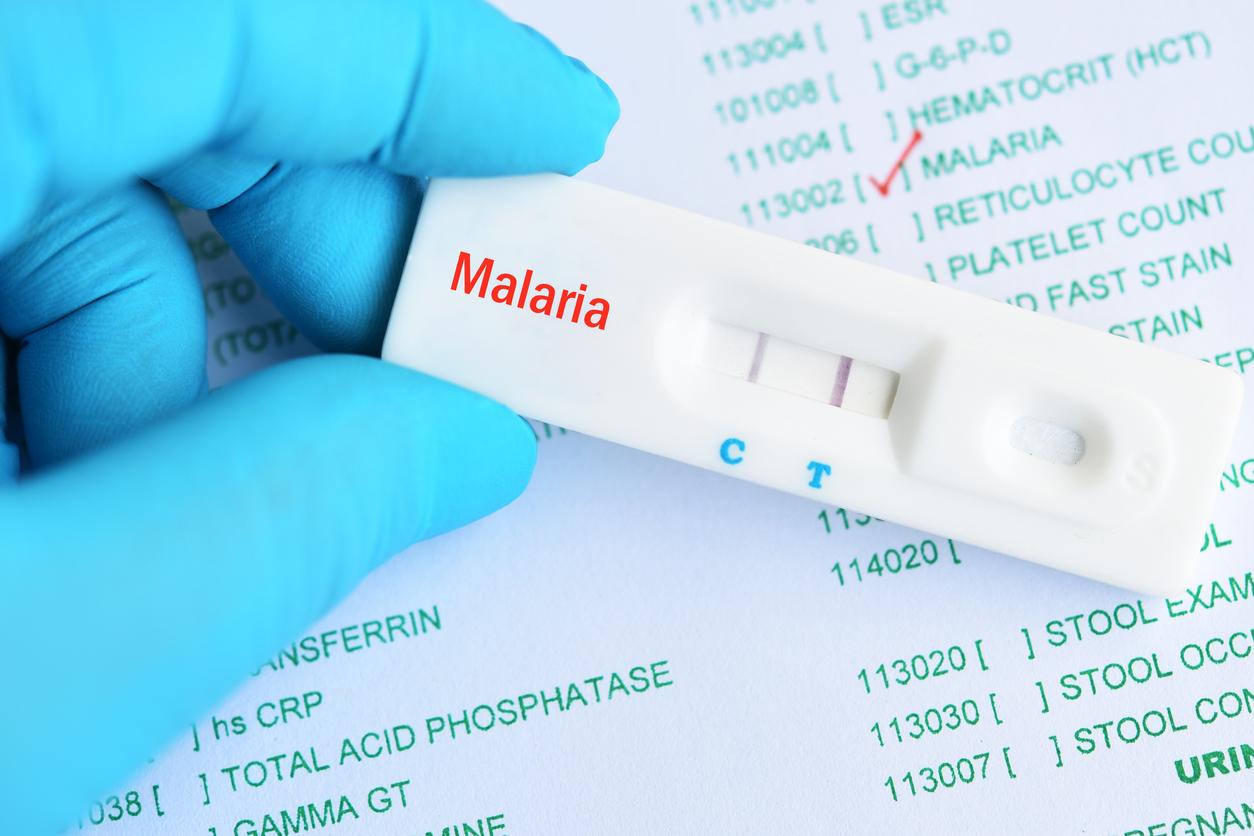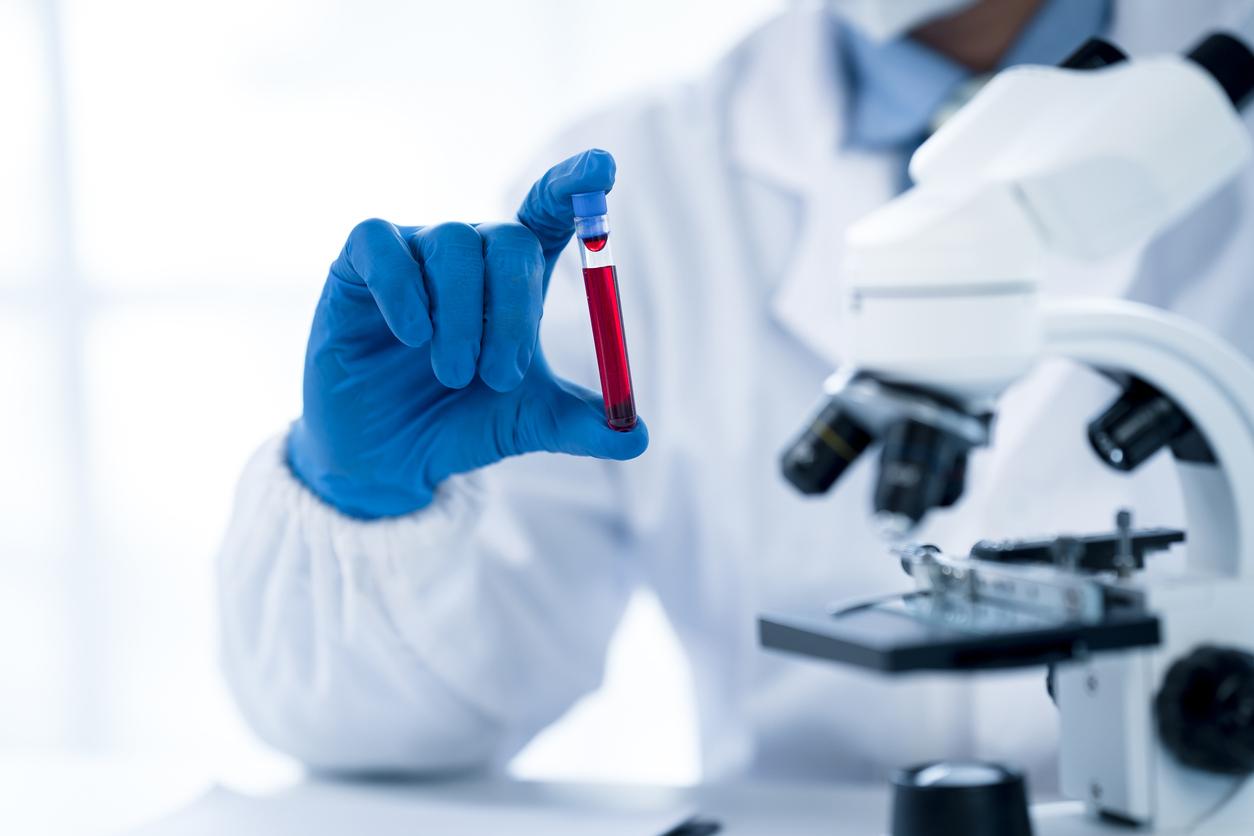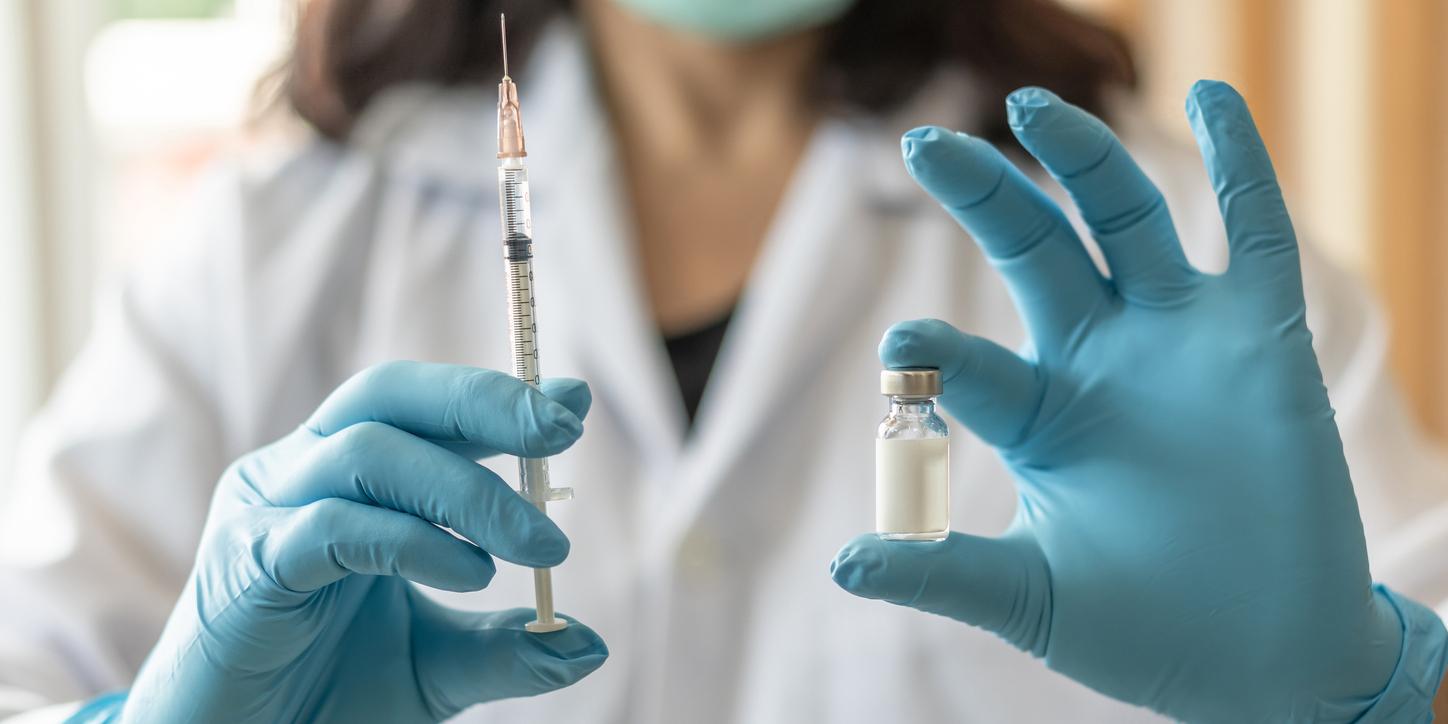So far the diagnosis of malariawas based on a simple technique: the doctor analyzes a sample of the patient’s blood spread on a glass slide. The coloring of this facilitates the observation of the concentration of Plasmodium parasites in the blood, responsible for the malaria disease also called malaria. But in the poorest countries, the lack of health infrastructure can complicate the use of this diagnosis.
Researchers at the Singapore-MIT Alliance for Research and Technology (SMART) may have found a more convenient and reliable way to screen for this often fatal disease.
A diagnosis in less than a minute
The novelty in diagnostics is based on magnetic resonance relaxometry, a technology similar to Magnetic Resonance Imaging (MRI), which detects the amount of hemozoin, a waste product produced by the parasite after feeding on it. nutrient-rich hemoglobin carried by blood cells. Based on this amount of hemozoin, the severity of the infection in patients can be assessed.
This technique has “real potential” and could be easily developed since “it does not require any biochemical process”, explains Dr. Han, one of the authors of the study in the scientific journal Nature medicine. Concretely, a simple prick with the finger would allow the doctors to establish a diagnosis in less than a minute and for a cost of “less than 10 cents” per sample, assure the researchers.
Malaria is a disease characterized by acute febrile episodes. Symptoms appear 7 days or more after the infective mosquito bite. The first signs – fever, headache, chills and vomiting – can progress to a severe condition that is often fatal if not treated within 24 hours. WHO is planningeradication of the disease by 2030 with the arrival of new vaccines.
















